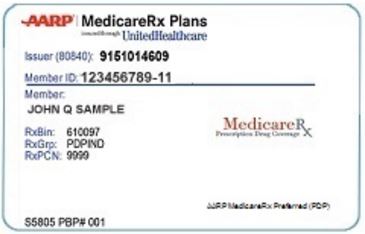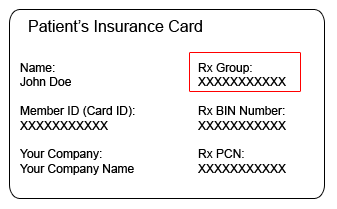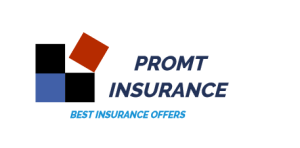Table of Contents
In today’s world, a person needs to avail of health insurance. This is because health scares are unpredictable and can pop up from time to time. It would help if you had health insurance because it would likely provide you benefits that would otherwise be charged from your pocket. Having medical insurance assists you in ways that are not expected imaginable. They are essential to use in emergencies and are as necessary as having a bank account or a bank card in your wallet. Therefore, you should always make getting your medical insurance a priority.
What is the bin number on the insurance card?
The BIN number on your health insurance card represents the bank’s six-digit identification number. The BIN number protects providers and clients, identifies the health institution that issues the card and is vital in matching transactions to the charge card issuer.
Many medical insurance people are unaware of what is written on their cards. Most are just aware of the acronyms but do not know what they mean. Most importantly, a number is written on the back of the card, known as the BIN number. Many people are unaware of the BIN acronym on a medical card. What does it mean, and why is it so important to have? We will find out in the article, so keep on reading until you find out.
Most importantly, it is noticeable that you may have seen the BIN card number when you visited a pharmacy store when you needed medicines. This BIN card number is significant as pharmacists view this number to exempt some charges on the phone. Therefore, it is essential to have this BIN number given to the pharmacists so they can link it to any exemptions. So, let us understand the BIN card number on your health insurance card.
The BIN card number stands for a Bank Identification Number, which is needed when the pharmacy wants to reimburse the charges that are exempted due to health care while you get medicines from the pharmacy. Therefore, this card number serves as the telling point of the company, which is likely to pay you in return for the medications that have been purchased.
The acronym BIN first began in the banking industry; however, the name was generally adopted by health insurance companies. For them, it is easy to verify and identify and more accessible to remember than memorizing the whole phrase. Therefore, when you get a medical card, you should always look at the backside of the card to see the BIN number.
What is a pharmacy bin number and an RX bin number?
The pharmacy bin number or RX bin number is a six-digit number that tells the pharmacy company database which PBM should receive your claim. The RX bin number matches your group so that the pharmacy company can process your prescription payment correctly.
The pharmacies check the BIN number to see whether those covering the medical insurance are bound to reimburse the money to the pharmacies. If they are bound to pay, then the company or the pharmacy reaches out to one another, and then, based on the BIN number, they get the desired amount. In other words, the BIN number is essential to the pharmacies if they want their amount reimbursed timely.
It is an effective way to know and understand whether the money will be reimbursed. Most of the time, and previously, there used to be a very lengthy process that the companies followed, and during this time, a lot of paperwork was involved. The downside of paperwork is that it made essential details and sensitive information out in the open, which was also challenging to manage. With the introduction of the BIN number, all the systems became computerized, and there was not much heed paid to save the essential details and sensitive information in files.
How do I find the BIN number on the Medicare insurance member ID card?
To find your BIN number on the insurance Medicare Member ID card, look for the second number of ID cards marked as “Rx BIN.” Four numbers identify the Medicare Part D prescription drug plan: the member ID number, Rx BIN, PCN, and Group ID (or Rx Group) number.

What does PCN mean on the insurance card?
The Processor Control Number (PCN) represents a secondary identifier that may be used in routing pharmacy transactions. PCN pharmacy payment routing numbers can be numeric or alphanumeric. You can pay for medicine more efficiently at the pharmacy using this number.
It is usually located below the BIN number. Sometimes, you cannot see this number because some companies do not use it.

Conclusion
As we all know, the world is becoming increasingly computerized, and database systems are replacing the conventional methods of paperwork and working. This can be overwhelming; however, it is not entirely impossible. BINs replace traditional techniques with some work and have already been used in pharmaceutical companies. In addition, many other companies follow the BIN number, such as many banks that have linked the transactions to companies with the BIN number. Therefore, when you purchase a card, it is essential to look at the BIN number, as it will be used everywhere.
